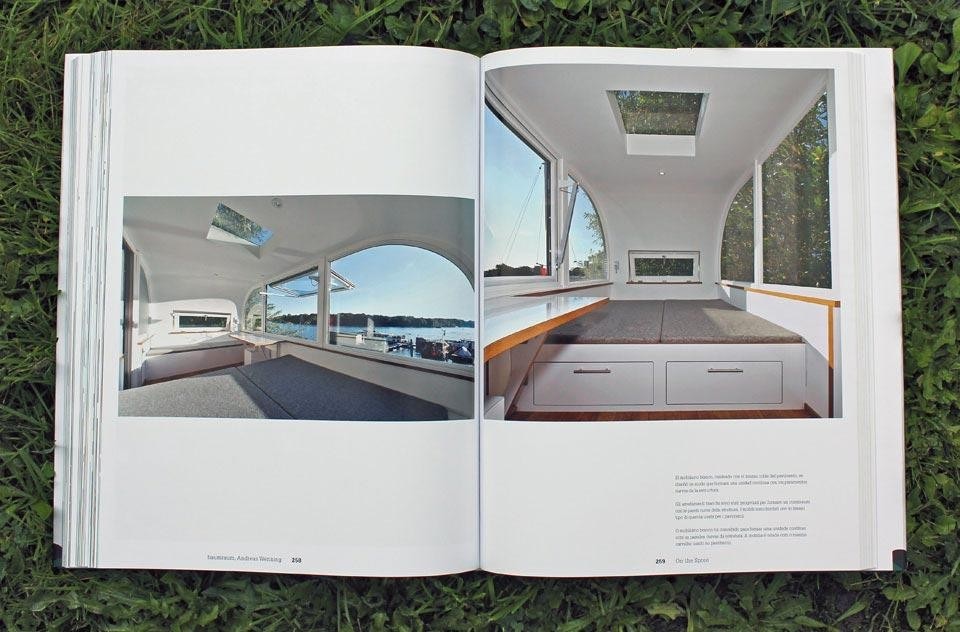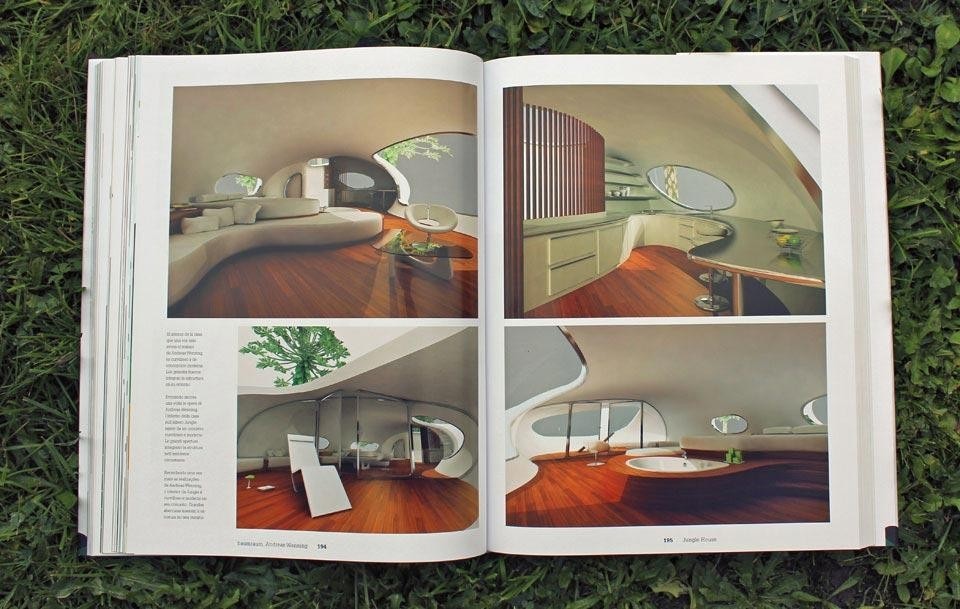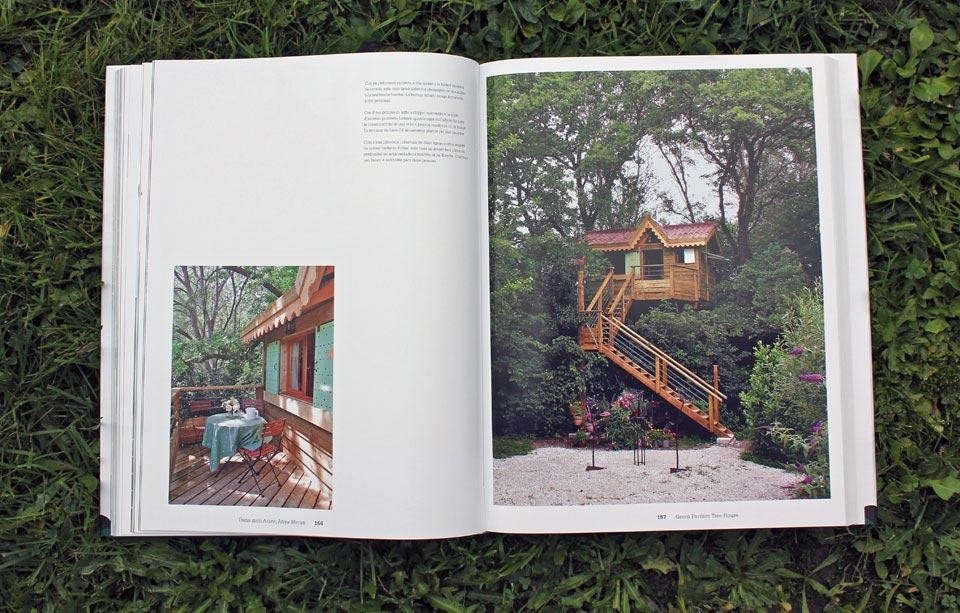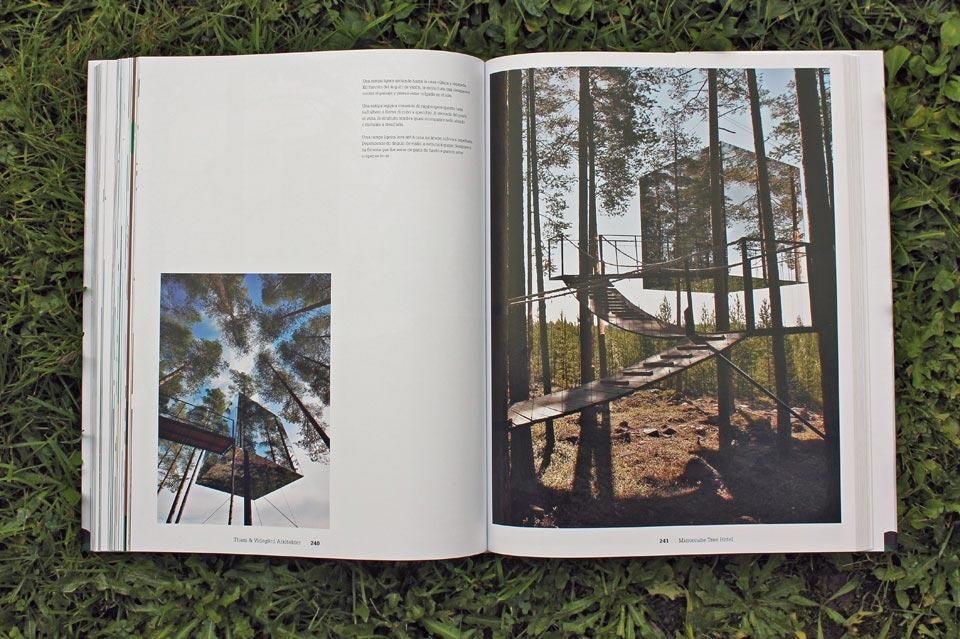Tree houses all over the world are imbued with strong and firmly-rooted ancestral values that ignore historical, geographical boundaries and aesthetic, formal choices. This is the underlying secret that, branching out from one tree to the next, links all the constructions illustrated in Philip Jodidio's book Tree Houses. Fairy Tale Castles in the Air. It is also the key to the global success of tree houses and the huge fascination they exercise on all of us.
The myth of Arcadia and the search for an ideal life lived in harmony with nature — of which the tree is the greatest symbol — allow the author to group 50 very different contemporary constructions across the globe and retrace the origin and history of this ancient type in his introductory essay, from primeval refuges to the suspended fabriques of the Medici gardens, the Robinson cabaret and amusement parks. In contrast to the chaotic world we find ourselves having to cope with on a daily basis, every tree house responds incontrovertibly to the spirit of the times and the need to restore contact with nature in resistance to everyday convention, routine and chaos. Refuge and hideaway, return to childhood, promise of adventure and expression of an alternative lifestyle: these are some of the values that crop up to varying degrees in all the models illustrated, regardless of their specific form or function, and that effectively impact each of us. The limited space provided by a house in a tree successfully condenses and conveys all this and, at the same time, opens up on the boundless space of freedom. Opposites are able to coexist in this twofold space: closed and open, escape and return, solid and fragile…
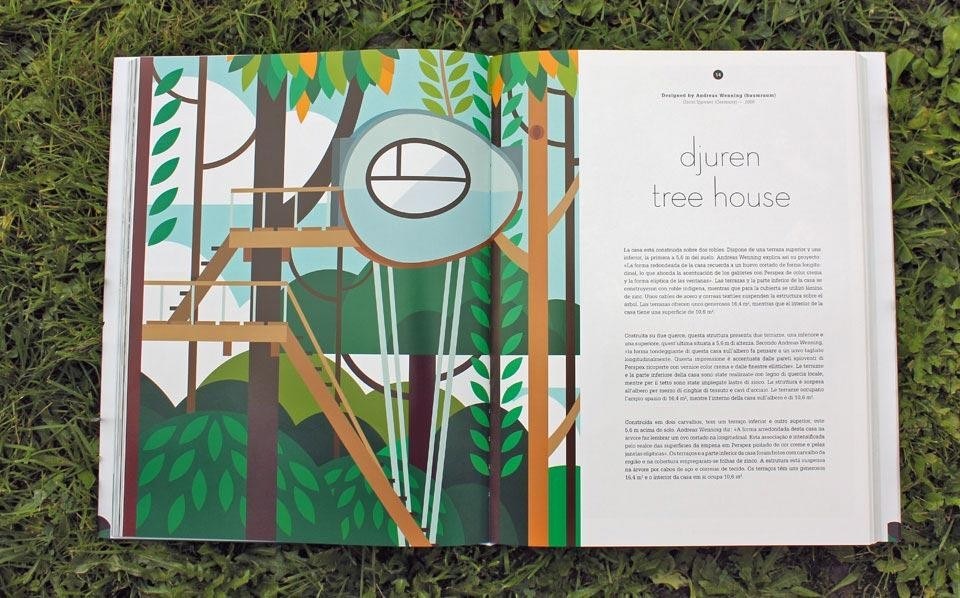
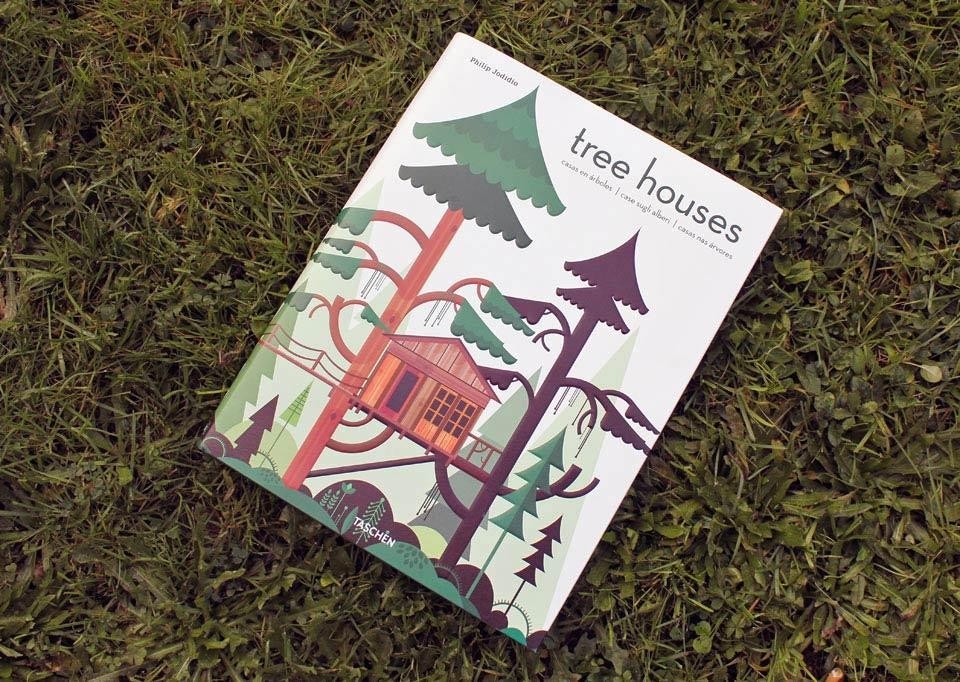
Completely different proposals emerge from Japanese culture. The tea houses by the architect and university professor Fujimori and the constructions by Kobayashi, a former clothing buyer, are structures with sometimes spectacular and ironical forms, intended as places for contemplation, to gratify the soul and for inner well being. Designers, cabinet makers, university professors and enthusiasts, a whole host of different backgrounds are combined with the specific skills necessarily required to build a house in a tree, those of the joiner, structural engineer, agronomist…
These tree houses are multipurpose spaces, but they are also "machines a rêver" because, when suspended above ground, it is your own imagination that moulds the space and, as Jodidio explains, dreams do indeed become reality when you are at the top of a tree
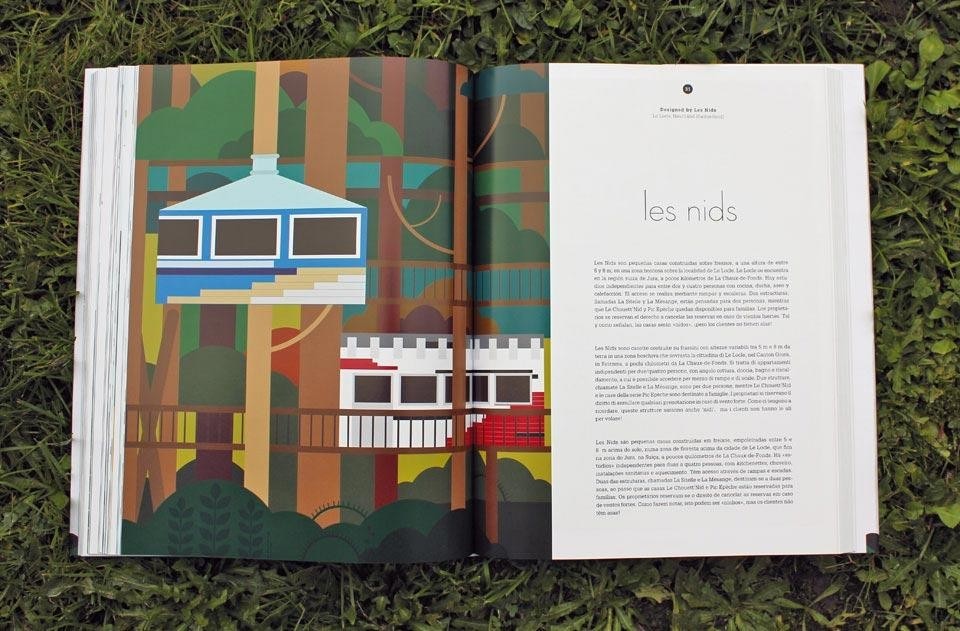
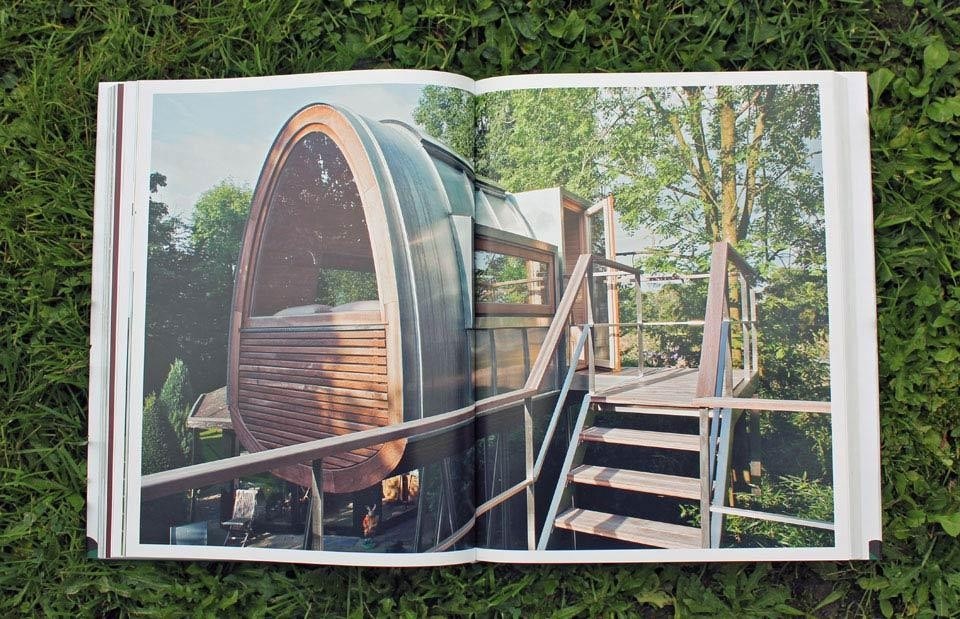
Apart from the specific features of each project, all these constructions speak the same language, convey the same messages and provide direct contact with nature. Not surprisingly, there is a special focus on the interior/exterior relationship, the way they open up onto the landscape and the windows that frame the views, as well as the steps and terraces that set the distances from the ground.
